On September 11th, 2001 I was a junior in high school, living in a New Jersey suburb of New York City. My father was working in the city that day. When I was told that a plane hit the World Trade Center, I assumed it must have been a small plane, like the one that flew into the Empire State Building decades earlier. I was wrong.
The decade since has been the decade in which I have come of age and begun to understand the world around me. As I look back, not just as a citizen, but as the transportation lover and advocate who writes this blog, I am saddened and dismayed. I am demoralized by what has been termed a lost decade. That day, ten years ago, the United States was attacked by men from the Middle East. America has had a strategic interest in the Middle East for decades for many reason, but the first has always been the oil on which the American economy depends on.
Instead of seeing the attacks as the kick in the pants we needed to change our joint energy and transportation policy, we doubled down on oil. We did not invest in infrastructure to reduce our dependence through vehicles with better mileage, denser cities, better regional planning, more public transportation, and research into new technologies. We did not see the irony that the oil inside the planes caused the destruction of the two towers. Instead we went to war with an oil producing nation and were told to just keep on acting as we had been. This was a moral failure of leadership, but we as Americans also failed to look in the mirror.
Today, we can do better. With the benefit of hindsight, knowing how little we have accomplished in the past decade, and understanding that we may have actually fallen behind – now is the time to start working towards change. We should not rethink energy and transportation system because of terrorism, but we should now understand that our foreign oil dependence can come with consequences that hit close to home.
Today the kick in the pants should be the rising price of oil. America was built on cheap oil. There are real questions about where our economy will go without the presence of cheap oil. We cannot continue to sprawl and drive everywhere, cool our buildings to arctic temperatures, consume plastics as if they are renewable, and just hope that gas gets cheaper.
On September 11th we should remember that our love of cheap oil contributed to our situation. A decade later we have not changed that love, but we have all the proof we need to know we cannot keep doing the same things we are currently doing. On this September 11th we should be committed to ensuring that the next decade is not lost as well.
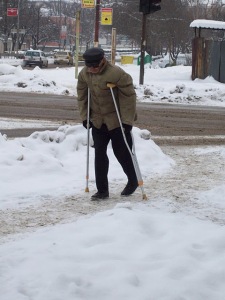
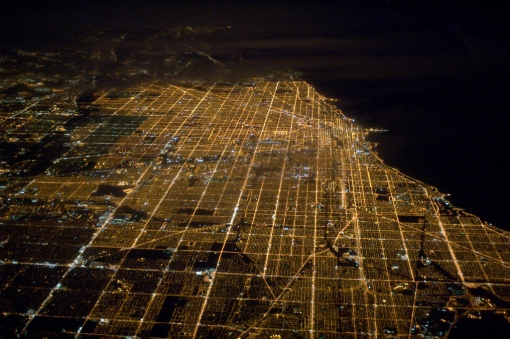

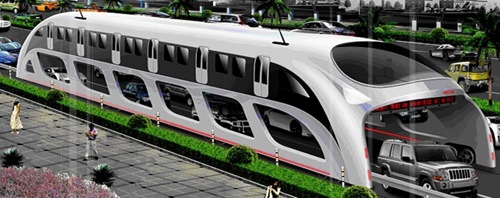

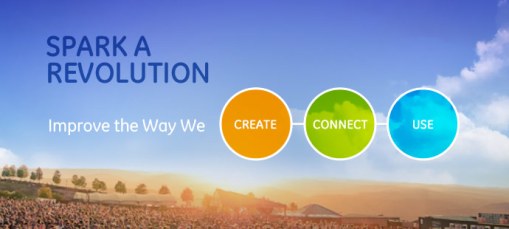
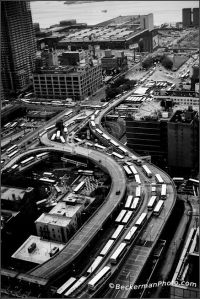


September 20, 2011
Improving Vehicle Fleet Could Help USPS
Posted by meltzerm under Transportation Commentary | Tags: Article 1 Section 8, Energy Efficiency, Infrastructurist, Postal Service, US Constitution, USPS, Vehicle Fleet |Leave a Comment
Article I Section 8 of the U.S. Constitution gives Congress the authority “To Establish Post Offices and Post Roads”. Like most enumerated powers of the Constitution, this was not a suggestion to Congress, but a responsibility. However, in the age of email, UPS, FedEx and DHL, both the monopoly and the seeming necessity of the post office have diminished. USPS is now seeking to lay off as many as 120,000 workers and close 3,700 post office locations.
USPS, much like its private-public cousin Amtrak, is stuck in an uncomfortable position. It is a public entity providing an essential service and monitored by the federal government in the process. At the same time, it is largely expected to run as a for-profit corporation. That seems to be a broken system, that leaves essential government-owned infrastructure both unable to keep up with private competitors, and underfunded to serve locations and needs that cannot be properly met on a for-profit model.
Despite the presence of email and other private delivery services, USPS still provides an essential service. It links communities and the people within to the outside world, as well as providing critical jobs. USPS is also a national and cultural icon, uniting a diverse nation together. Given that the post office finds its roots in one of the rare enumerated powers of the US Constitution, subsidizing the USPS and spearheading its modernization is something the Tea Party would finally be right to scream about.
While I am not a logistics expert, USPS with its world’s largest civilian fleet of 218,684 vehicles, has a huge transportation problem, as much as anything else. The Infrastructurist wisely suggested that USPS must modernize its vehicle fleet and emphasize fuel efficiency, ASAP. I could not agree more.
I believe access to the post office is critical, especially for the poor and for the elderly. One area where the postal service can save money long term is in fuel costs (especially as gasoline prices continue to climb). With an enormous fleet of local delivery vehicles, frequently stopping and starting, and moving short distances, USPS is primed for an efficiency mandate. By making a partial switch to electric vehicles they could also assist in energy modernization by fueling at night and helping to protect consistent energy production on the grid. Hybrid cars are also key. USPS could also think outside the box to save money on fuel. In warmer communities some postal workers could offer delivery via rickshaw or bikes with trailers.
I am not personally familiar with the economics of delivery of the mail and particular services, so I am going to shoot from the hip now. It seems to me that mail has been sorted into three categories lately: next day or 2 day, moderately fast, and where speed doesn’t matter as long as it gets there. Perhaps USPS could offer more services like Media Mail that offer slower service at a lower price, and entice some ground shipments away from UPS and FedEx. While doing so, it could utilize more efficient and cost effective transportation methods, such as freight rail.
Regardless of the solution, the federal government must own up to its constitutional responsibilities. The Postal Service is critical to America and as such should not be a purely for-profit business. Those parts that are profitable should be so, and the business should modernize. However, Congress should subsidize USPS for offices and services, that while necessary for those served, cannot be justified economically.